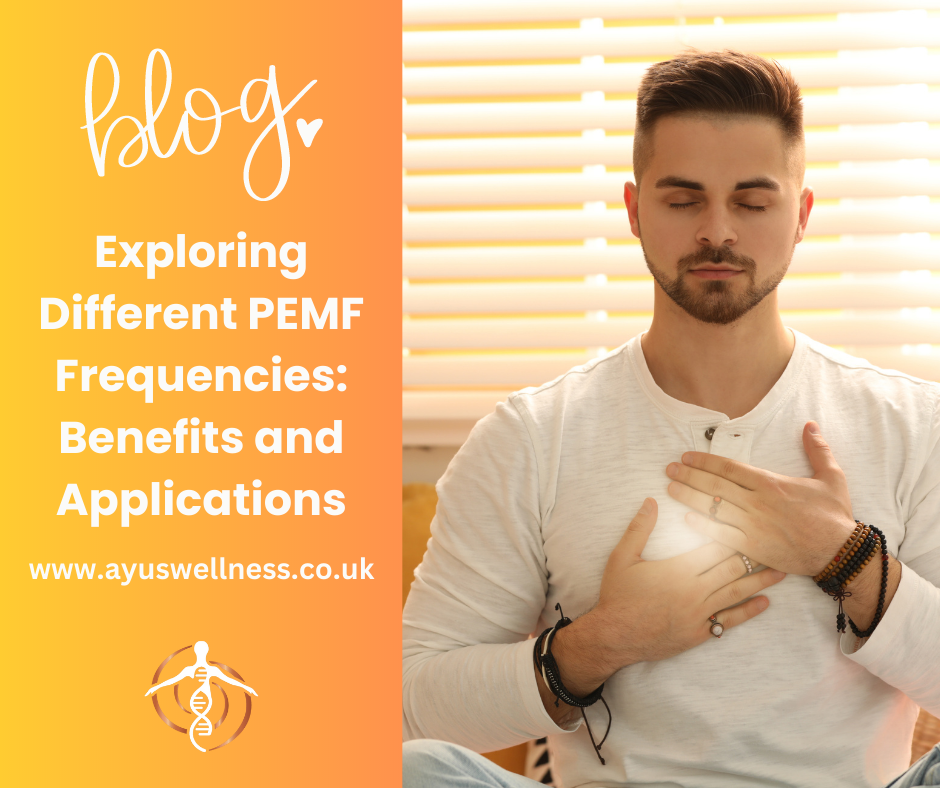
Infrared and red light therapy devices have emerged as revolutionary tools in the world of health and wellness. With applications ranging from skin rejuvenation to pain relief, these devices promise to enhance the body’s natural healing processes. But how do they work? Let’s delve into the science behind infrared and red light therapy and explore their therapeutic potential.
What is Infrared and Red Light Therapy?
Infrared and red light therapy is a non-invasive treatment that uses specific wavelengths of light to penetrate the skin and stimulate cellular function. While red light primarily targets the surface layers of the skin, near-infrared light penetrates deeper into muscles, tissues, and even bones. Both wavelengths work together to promote healing, reduce inflammation, and enhance overall cellular activity.
The Science of Light Wavelengths
Light therapy is based on the principle that different wavelengths of light affect the body in unique ways.
- Red Light (630–700 nm): Absorbed by the skin, red light is effective for boosting collagen production, improving circulation, and treating superficial wounds.
- Near-Infrared Light (700–1200 nm): Capable of penetrating up to 5 cm below the skin, it targets muscles, joints, and deeper tissues for pain relief and cellular regeneration.
These wavelengths interact with mitochondria, the powerhouse of cells, to boost energy production and enhance natural healing mechanisms.
How Infrared & Red Light Therapy Devices Work
Cellular Energy Boost
When light from these devices penetrates the skin, it stimulates the mitochondria to produce more adenosine triphosphate (ATP), the molecule that fuels cellular energy. This increased energy enables cells to repair and regenerate more efficiently.
Improved Blood Circulation
Red and infrared light improve blood flow by dilating blood vessels and enhancing oxygen delivery to tissues. This process aids in faster recovery from injuries and reduced inflammation.
Reduction in Oxidative Stress
By promoting cellular repair, these devices help counteract oxidative stress, a major contributor to aging, chronic pain, and degenerative diseases.
Stimulation of Collagen Production
Red light encourages the skin’s fibroblasts to produce collagen, a protein essential for skin elasticity and wound healing.
Health Benefits of Infrared & Red Light Therapy
Pain Management
Light therapy is a proven method for alleviating chronic pain associated with arthritis, muscle injuries, and fibromyalgia. The light reduces inflammation and stimulates tissue repair, offering long-lasting relief.
Skin Health and Anti-Aging
Red light therapy is widely used in dermatology for its ability to reduce wrinkles, fine lines, and scars. It enhances skin tone and texture while improving elasticity.
Muscle Recovery
Athletes often use these devices to speed up muscle recovery post-exercise. The therapy reduces muscle soreness and helps repair microscopic tears caused by strenuous activity.
Improved Sleep Quality
By regulating melatonin production, red light therapy can help improve sleep patterns, particularly for individuals suffering from insomnia.
Enhanced Immune Function
The therapy’s anti-inflammatory effects extend to the immune system, helping the body fight infections and chronic conditions more effectively.
How to Use Infrared & Red Light Therapy Devices
- Select the Right Device: Choose a device that offers the appropriate wavelength and intensity for your needs.
- Target the Affected Area: Position the device close to the skin, focusing on the area you wish to treat.
- Follow Usage Guidelines: Adhere to the recommended duration and frequency specified by the manufacturer. Sessions typically last 10–20 minutes.
- Consistency is Key: Regular use over weeks or months yields the best results.
Are Infrared & Red Light Therapy Devices Safe?
Generally, these devices are considered safe for most individuals. However, it’s crucial to avoid overuse, as excessive exposure can lead to mild side effects such as redness or irritation. Always consult a healthcare professional if you have underlying conditions or are pregnant.
Applications in Modern Medicine
Infrared and red light therapy are increasingly used in medical settings for conditions such as:
- Wound Healing: Accelerates tissue repair in post-surgical recovery.
- Chronic Pain Relief: Offers a non-pharmacological option for managing conditions like osteoarthritis.
- Neuropathy: Alleviates nerve pain and improves sensation in patients with diabetes.
Emerging Research in Light Therapy
Recent studies highlight the potential of red and infrared light therapy in treating neurological disorders such as Alzheimer’s and Parkinson’s disease. Research published in Photomedicine and Laser Surgery emphasizes its neuroprotective effects, including improved cognitive function and reduced neuronal damage.
FAQs
What is the difference between red and infrared light therapy?
Red light targets the surface of the skin, while infrared light penetrates deeper into tissues and muscles.
How long does it take to see results?
Most users notice improvements within a few weeks of consistent use, depending on the condition being treated.
Can red light therapy be used daily?
Yes, it is safe for daily use, but follow the manufacturer’s guidelines to avoid overexposure.
Is it suitable for all skin types?
Red and infrared light therapy is safe for all skin types, with minimal risk of side effects.
Can it replace traditional medical treatments?
While beneficial, light therapy should complement, not replace, conventional treatments.
What’s the best device for beginners?
Portable, FDA-approved devices with adjustable settings are ideal for beginners exploring light therapy.



